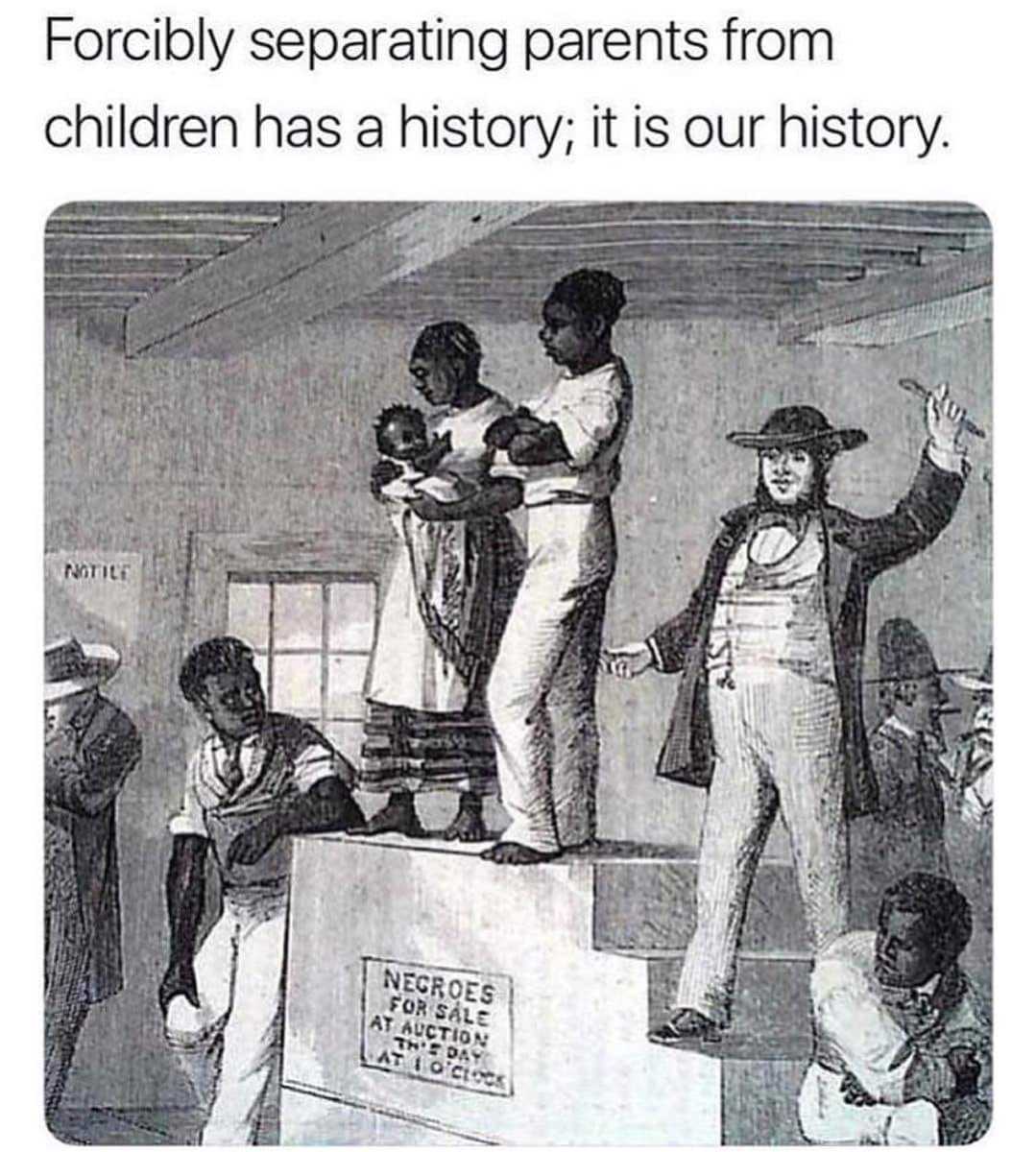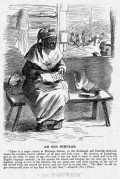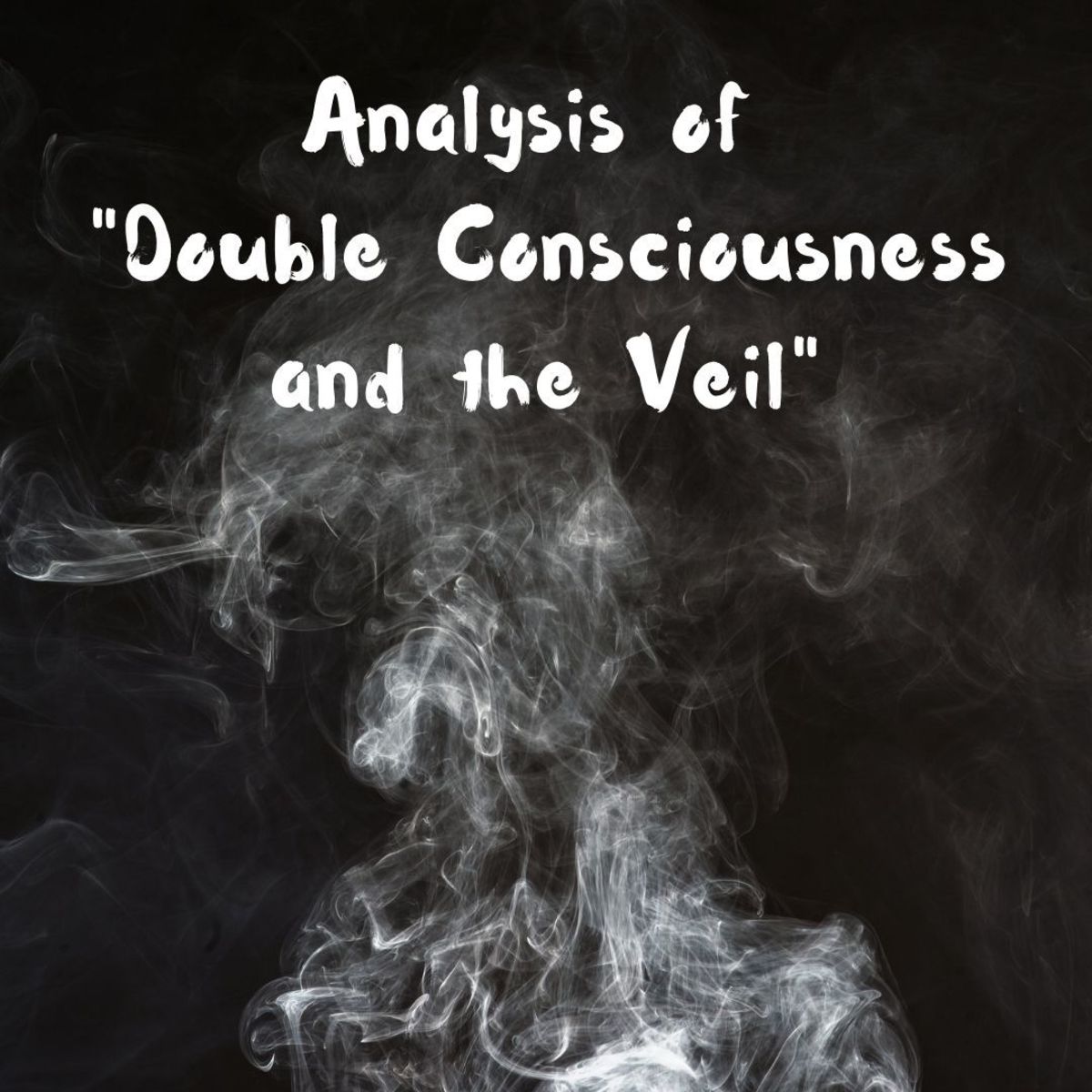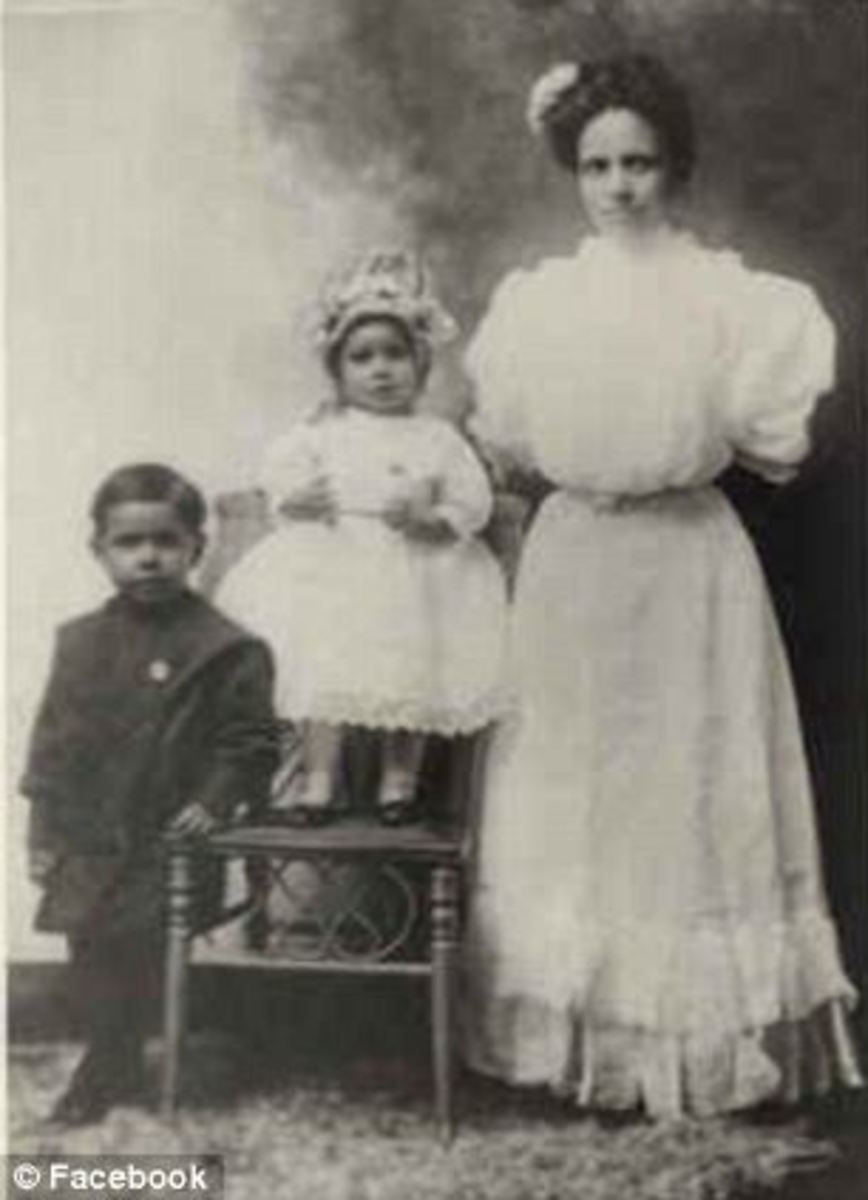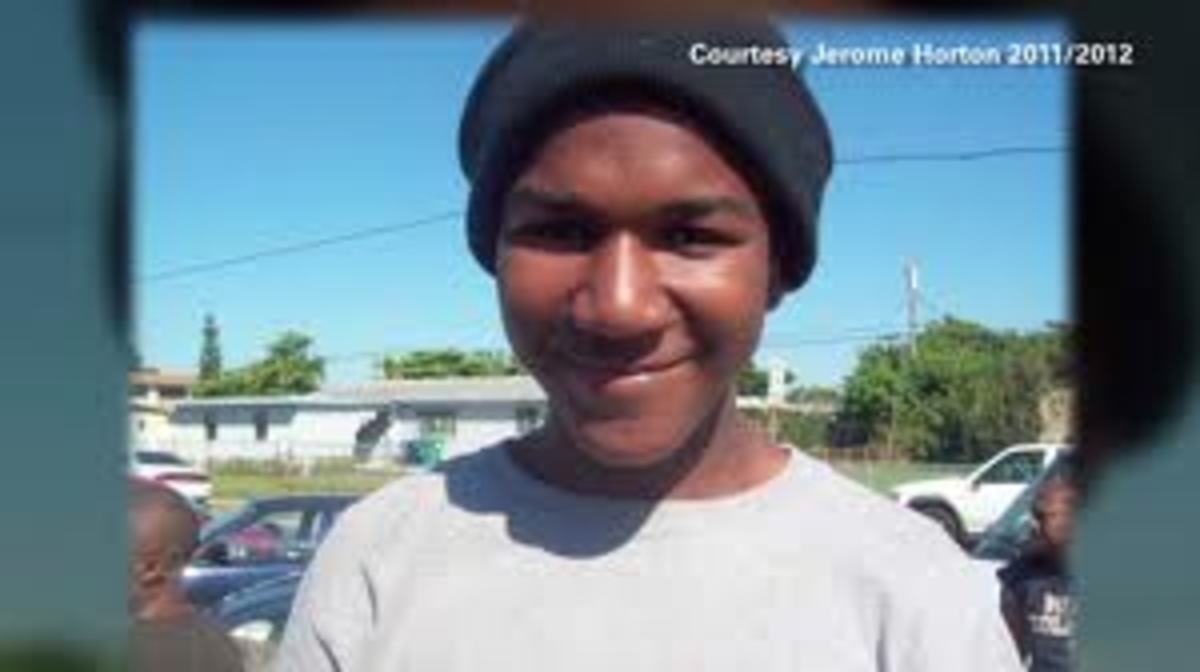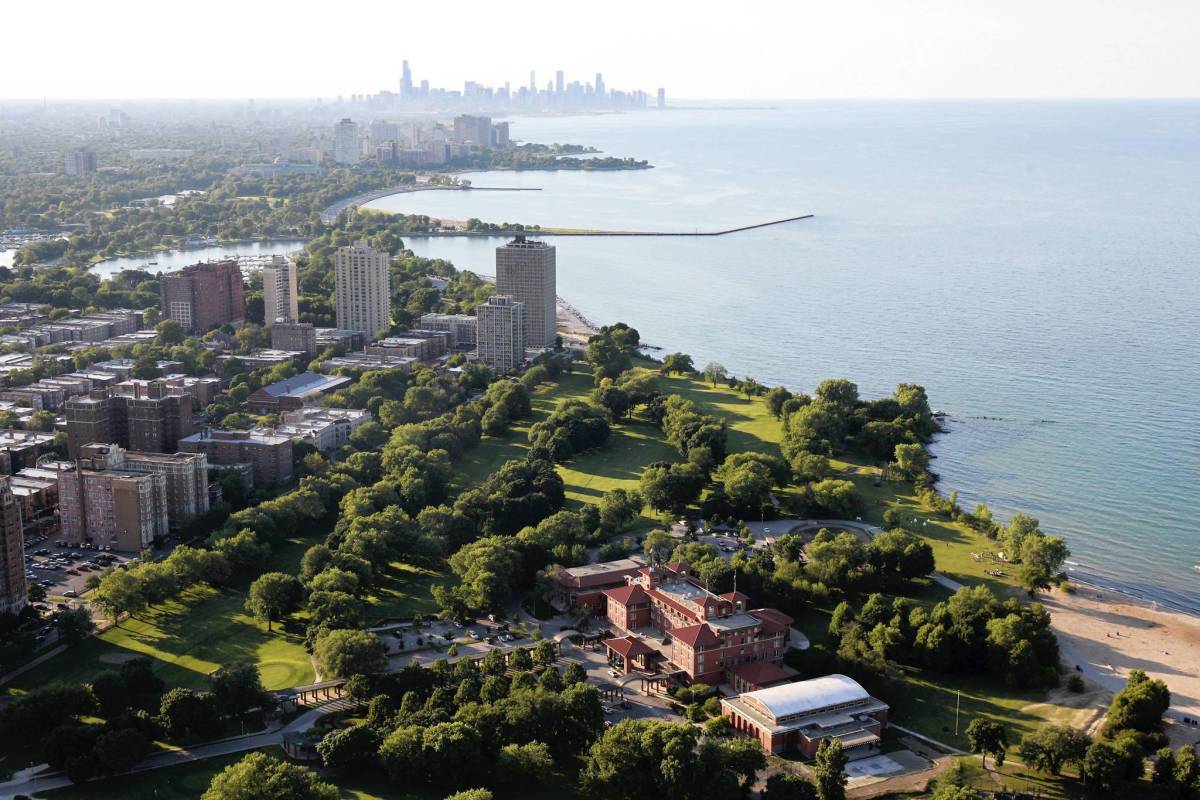American Epiphanies: Exposing the Color Line
St. Aubin and East Warren
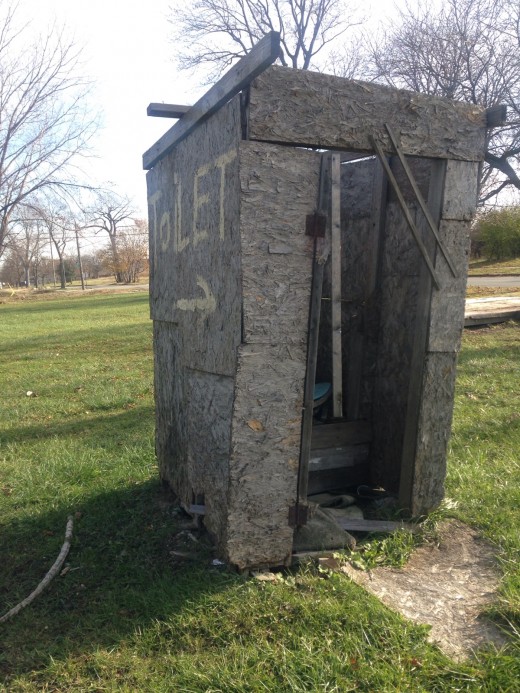
Lines in The Sand
There is an outhouse on St. Aubin just east of Warren Ave. in the City of Detroit—a lone replica standing in a barren field, a plausible reminder from the days of an overcrowded sub metropolis during the black migration to the north. The surrounding area was known as Black Bottom or Paradise Valley and the homes in the area were more a conglomeration of extended families and room and boards. Alternatively, the outhouse can be viewed as a representation translating into an epiphany that conjures up an instinctive narrative of the past, spiraling its way to a very questionable present.
The Outhouse Tells a Story
Driving past the outhouse, stopping, and standing only inches away from this decaying splintered relic evoked a strange sensation of ancestral ownership. The land surrounding the outhouse once represented a distinct color line. W.E.B.Du Bois helps this writer to rationalize this transcendental state that links the past to the present with words he pinned from his own texts. In The Souls of Black Folks, Du Bois speaks of a “strange meaning” of being black in America in the Twentieth Century and that the problem of the Twentieth Century is the problem of the color line. Du Bois wrote, "How curious a land [America] is this, - how full of untold stories, of tragedy and laughter, and the rich legacy of human life; shadowed with a tragic past.”
Vann Newkirk II, staff writer for the Atlantic, brings this strangeness of being black into the Twenty-First Century by arguing that, “From Barack Obama’s presidency to the rise of Black Lives Matter to Donald Trump’s election amid a furor over voting rights, white nationalism, and racism, the color line is still the country’s core subject”.
The Problem for Black Folks
An outsider of the African American race can only partially comprehend what it means to be black in America while standing on the other side of the color line. The duplicity of the black American was a life-long research endeavor for Dubois. He reconciled the dilemma in the following manner:
“The Negro is a sort of seventh son, born with a veil, and gifted with second-sight in this American world,—a world which yields him no true self-consciousness, but only lets him see himself through the revelation of the other world. It is a peculiar sensation, this double-consciousness, this sense of always looking at one's self through the eyes of others… two warring ideals in one dark body….” And in a final analysis, when asked, “What does it mean to be black in America? Du Bois retorted, “How does it feel to be a problem?”
Du Bois juxtaposing one question against the other appears to be just an offhanded response, however, upon further inspection, one comes away from this very brief exchange with a profound association. Du Bois argued that the institutions and systems of America were originally designed to disenfranchise and marginalize people of color. Therefore, when the institutions become more equitable, black people become a problem.
The Line Deepens
A recent study shows that African Americans will be negatively affected by Donald Trump’s environmental regulations. The NAACP and the Clean Air Task Force (CATF) found that over a million black people live within half a mile of an oil and gas facility, and more than 6.7 million blacks live in a county that is home to a refinery. Blacks are 75 percent more likely to live in communities close to industrial facilities than the average American. As a result of their close proximity to toxic facilities, black Americans are 38 percent more likely to be exposed to polluted air than white Americans. The toxic air emissions from the oil and natural gas facilities increase the risk of cancer, according to the Public Library of Science (PLOS) report. And black children are more likely to face asthma attacks due to natural gas emissions during the summer and are burdened by the 138,000 attacks each year (MARIA PEREZ ).
Trump has waged a war of words with the NFL for the past several months, even referring to the black players as “sons of bitches”. Trump alleges that the huge salaries of NFL players should keep them from any type of protests against various institutions in this country. His tax program undoubtedly will give tax breaks to the very rich and penalizes the rest. Many of the proposed tax cuts will impact programs that benefit African Americans while other programs will be completely eliminated. (Janelle Jones) African Americans stand to lose billions in programs and services which will make it harder for black people to raise healthy children, get an education, live in a safe neighborhood, and secure adequate housing.
Trump has surrounded himself with racist political figures in the likeness of Jeff Sessions and Steve Bannon. Each of these men has a track record of discriminatory practices against people of color. Sen. Jeff Sessions, R-Ala., was criticized recently for allegations that he made racist remarks as a federal prosecutor in his home state (Mike Levine from ABC News).
Bannon is the executive chairman of Breitbart News. Breitbart News is a divisive right-wing opinion and news outlet, known for offensive headlines like “Bill Kristol: Republican Spoiler, Renegade Jew,”…,” and that “Birth Control Makes Women Unattractive and Crazy.” The site promotes racist, anti-Muslim, and anti-immigrant ideas, and believes in the supremacy of the white race (Kate Storey).
Trump makes no distinction between Neo- Nazis, and demonstrators who assembled peacefully in Charlottesville. And furthering his ignorance of black history he credited Frederick Douglass as still being among us.
Old Haunts Remain
America stands a very short guilty distance from her past. “It is possessed by the ghosts of white supremacy and nationalism, as voting rights for black people are once again being challenged. The equality and desegregation gains of the Civil Rights Movement suddenly seem fragile and rather reversible” (Newkirk). And among the ruins of racism, the old arch enemy of the black race still rears his despicable face, ‘Thank God for Trump!’ the former Klu Klux Klan leader David Duke stated on Nov. 29, 2017 (ABIGAIL MILLER FOR DAILYMAIL.COM).
An outhouse still standing in an open field, once associated with a mass migration of African Americans to the City of Detroit, is a very observable aide-mémoire. This facsimile is surrounded by apparitions of times past; signifying that a community of African Americans were once here, and now, they are where? The epiphanies that unfold today in this country, be it an outhouse; statue; David Duke, or an old oak tree, reminds us that the past and the present still collide on the color line in America.
Reference:
Du Bois. W.E.B. The Souls of Black Folk. Chicago: A. C. McClurg & Co., 1903.
The Souls of Black Folks
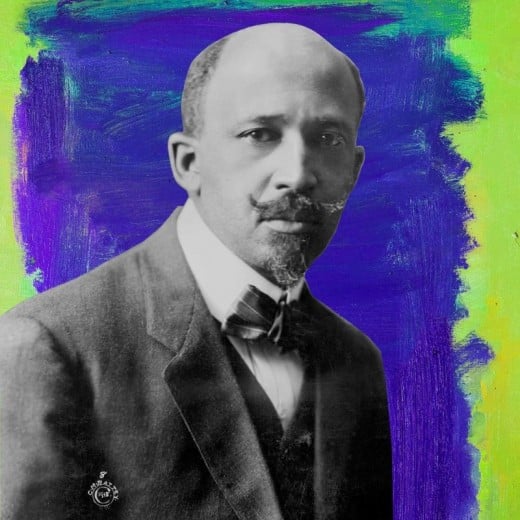
© 2017 Linda Joy Johnson

